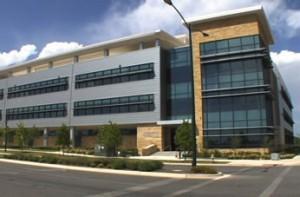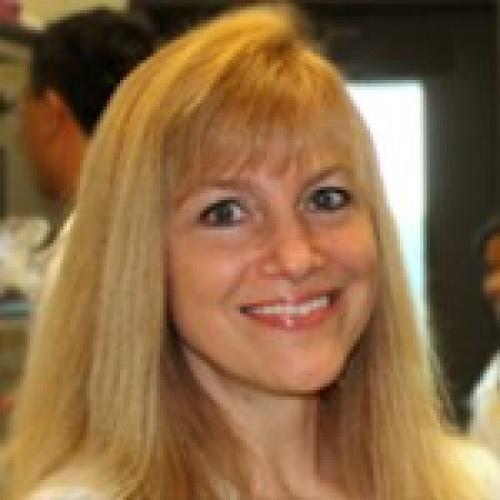
Division Head and Professor of Pharmacology & Toxicology
Jaime N. Delgado Endowed Chair in Pharmacy
Key Words: DNA damage and repair, genomic instability, gene targeting, DNA structure, cancer therapeutics
Our research efforts are focused in three general areas within an overall theme of genome instability, DNA damage and mechanisms of repair. A unique feature of our approach is an emphasis on the role of DNA structure, including non-canonical structures such as triplex DNA, as recognition sites for repair machinery, sources of genomic instability, and as a basis for technology to target DNA damage to specific genomic sites.

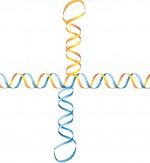
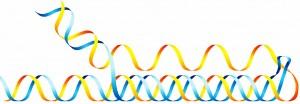
1. DNA structure in genomic instability and human disease.
The consequences of genomic instability are causative factors for several human diseases that involve repetitive DNA sequences. Many repetitive sequences are able to adopt non-B secondary structures. Interestingly, many of these repeats occur near breakpoints of chromosomal translocations, implicating them in cancer etiology. One example is the H-DNA-forming sequence in the human c-MYC gene that maps to breakage hotspots in Burkitt’s lymphoma, that we have discovered is both mutagenic and induces DNA double-strand breaks in mammalian cells. These exciting results provide the first evidence that naturally occurring H-DNA structures are mutagenic; they also support a role for DNA structure in oncogenic translocations. Our studies will determine the mutagenic potential and mechanistic role of non-canonical DNA structures in human disease, with an emphasis on translocation-mediated cancers
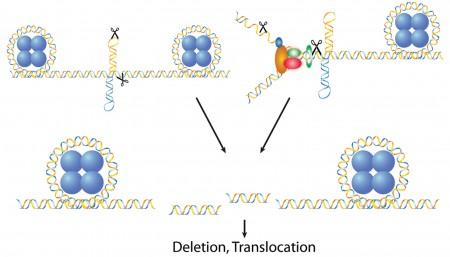
2. Molecular mechanisms of DNA damage recognition and repair.
Defects in DNA repair systems can lead to severe clinical disorders; for example, it is estimated that ~90% of human cancers result from improperly repaired DNA damage. Our work aims to elucidate the molecular basis of damage recognition in order to develop a better understanding of the mutagenic potential and cancer risks of different types of DNA lesions.
3. Novel strategies to modify gene structure and function in living organisms.
An area of intense investigation in my laboratory is the development of triplex technology to improve the existing gene targeting methods by directing damage to specific genomic sites to increase the frequency of recombination and to direct gene inactivation. Our objective is to improve the utility of triplex technology as a tool for genetic manipulation in animals and to develop novel therapeutic strategies for treating cancer.

Academic Appointments
Current Appointments:
James T. Doluisio Regents Professor
Head of Division of Pharmacology and Toxicology
Professor and Coulter R. Sublett Fellow The University of Texas at Austin Division of Pharmacology and Toxicology College of Pharmacy Dell Pediatric Research Institute
Adjunct Professor The University of Texas MD Anderson Cancer Center Department of Molecular Carcinogenesis Science Park – Research Division Smithville, TX Adjunct Professor Graduate School of Biomedical Sciences (GSBS) The Universityof Texas Health Science Center at Houston Houston, TX Adjunct Professor Member, Center for Molecular and Cellular Toxicology College of Pharmacy The University of Texas at Austin Austin, TX
Past Appointments:
Associate Professor (2006-2011) The University of Texas MD Anderson Cancer Center Department of Molecular Carcinogenesis Science Park – Research Division Smithville, TX
Assistant Professor (2001-2006) The University of Texas MD Anderson Cancer Center Department of Molecular Carcinogenesis Science Park – Research Division Smithville, TX
Degree-Granting Education
1996 Baylor College of Medicine, Houston, TX, Doctor of Philosophy, Biochemistry
1987 University of Miami, Coral Gables, FL, BS, Biology, Marine Science Postgraduate Training
Postgraduate Training
1997-2000 Postdoctoral Fellowship, Yale University School of Medicine, Department of Therapeutic Radiology, New Haven, CT
1996-1997 Postdoctoral Associate, Baylor College of Medicine, Deparment of Biochemistry, Houston, TX Experience/Service
For an updated list of publications from the Vasquez Laboratory, please Click to access Pubmed Publications
Luke Browning, GRA
Laura Christensen, RE/SA III
Lexie D’Amico, GRA
Jill Dangerfield, GRA
Imee Del Mundo, Research Associate
Maha Foote, Visiting Researcher
Van Huynh, GRA
Alex Klattenhoff, GRA
Tonia Li, GRA
Pooja Mandke, GRA
Anirban Mukherjee, Research Associate
Guliang Wang, Research Assistant Professor
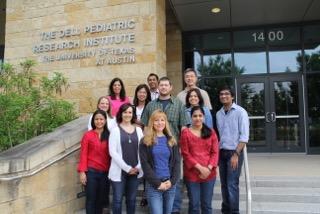
Vasquez Lab Group Photo
Email address:
Campus location:
US Mail Address:
The University of Texas at Austin
107 West Dean Keeton, C0875
BME 3.510A
Austin, TX 78712
or
The University of Texas at Austin
Dell Pediatric Research Institute
1400 Barabara Jordan Blvd, R1800
DPI 2.214
Austin, TX 78723
